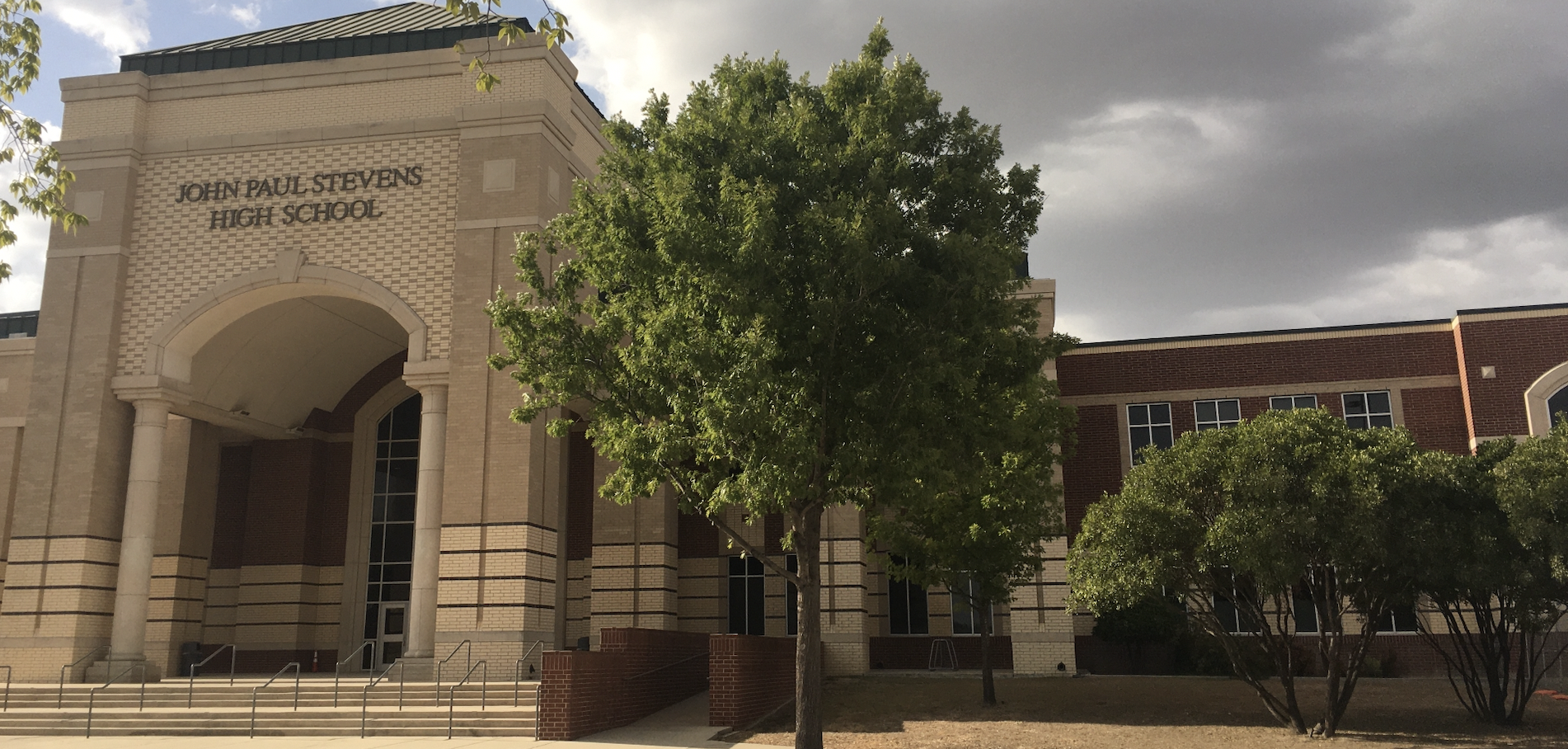Staff reporter
Some people will scream today. Others will dance or cry or hug each other during the total solar eclipse that last occurred in Texas 146 years ago.
After today, it will be 20 more years before the United States sees another total solar eclipse.
That rarity is why astronomy teacher Melissa Pagonis is so excited that today is not a holiday, like it is for some neighboring school districts.
“As a science teacher I’ve been very involved,” Pagonis said. “We’ve been planning this for quite a while, and I knew the district bought the glasses since the beginning of last year.”
NISD is unique from any other school district in the area, she said.
“Since NISD is the only school district in the city that’s entirely in the path of totality they want students to be able to experience it with teachers that are able to explain what’s going on,” she said.
The eclipse will cause darkness in the path of totality for about 3-4 minutes starting around 1:30 pm. The path of totality in the U.S. will start in Texas and travel through the Midwest before exiting through Maine.
While NISD will provide all sixth-period students and staff with glasses to view the eclipse, many other districts like Medina Valley and South San ISD decided to close for the day.
A total eclipse occurs when the Moon passes between the Sun and the Earth, completely blocking the view of the sun. The last time a similar, total eclipse occurred was in 2017.
“The reason why I’m extremely excited for this eclipse is because I’ve only seen the annual October eclipse which was my first eclipse,” Pagonis said. “It’s hard to see an eclipse since they only come once in 18 months, so the chance to see one when you stay in one spot is not that great. It’s a global average of once in 300 years.”
Sixth period will be about 30 minutes longer than usual. The schedule is here.
“I think any natural phenomenon that allows you to see a part of the universe is an extraordinary opportunity,” Pagonis said, adding that she expects heavy traffic before and after the eclipse shortly after 2 p.m. “Despite all of the publicity, some people will still have no idea what’s going on, there will be a lot of chaos, but for the most part that’s due to people not the eclipse.”
The eclipse will occur in five stages. Even if it’s cloudy, viewers should only remove their glasses for the moments where the sun is entirely covered by the moon.
“I want people to understand that it’s not just an eclipse; it’s an opportunity to observe things that you would never get to observe any other time in your life,” Pagonis said. “It affects animals, and the sky looks like nothing else you would ever see. We’ve had two eclipses pass over us and the next time that happens in Texas is around 120 years from now and they won’t be 6 months apart they’ll be 7 years apart, so please do not miss this.”
Bill Nye the Science Guy: ‘Just try to be in the moment’
UTSA physics professor: ‘Like some invisible force is taking a bite out of the sun’
Washington Post: See what the solar eclipse will look like depending on location
Look for these effects:
- Animals may behave strangely for middle of the day
- Temperatures will drop
- Darkness may equal that of nighttime with a full moon
- Existing light will look different than at any other time
- Wind speed will increase

Be the first to comment on "Precious moments: Stevens preps for totality"